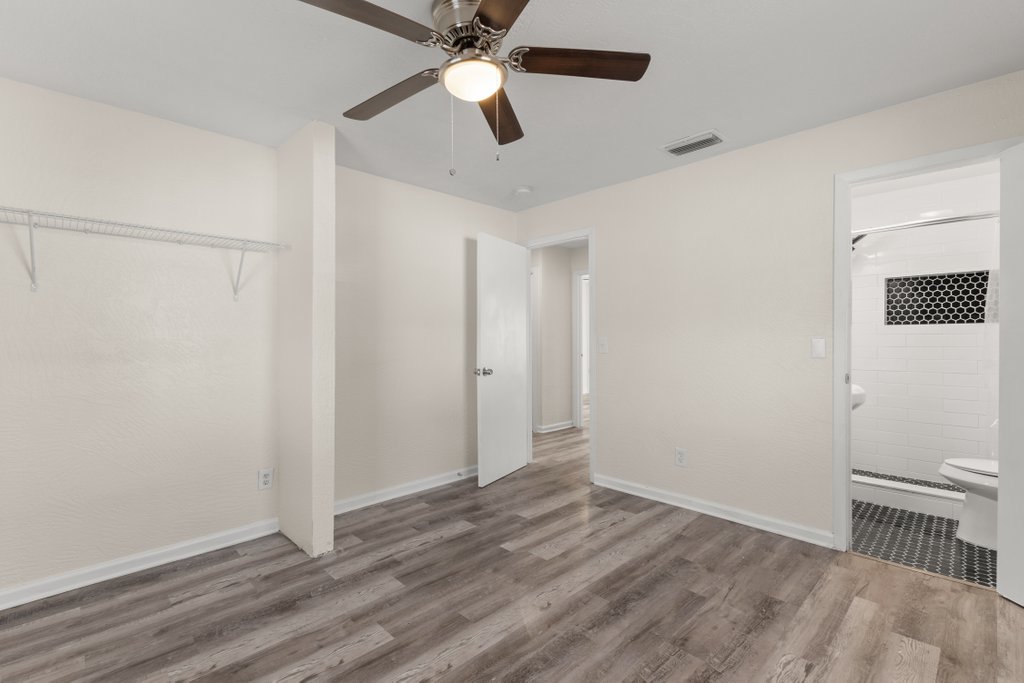
5 Common DIY Mistakes Homeowners Make and How to Avoid Them
Taking on do-it-yourself (DIY) projects around the house can be incredibly rewarding. Not only can you save money by handling repairs and upgrades yourself, but you also get the satisfaction of improving your home with your own two hands. However, DIY projects can also be fraught with pitfalls, especially for those who are new to home improvement. Here are five common DIY mistakes homeowners make and how to avoid them.
1. Underestimating the Complexity of the Project
One of the most common mistakes homeowners make is underestimating the complexity of a project. A task that seems straightforward on the surface, such as installing new flooring or retiling a bathroom, can quickly become overwhelming if you’re not fully prepared. Many homeowners dive into a project without thoroughly researching the steps involved, the tools required, or the potential challenges that may arise.
How to Avoid It: Before starting any DIY project, take the time to thoroughly research and plan. Watch tutorials, read guides, and if possible, talk to someone who has experience with similar projects. Make a detailed list of the tools and materials you’ll need, and ensure you understand each step of the process. Consider starting with smaller projects to build your skills and confidence before tackling more complex tasks. If you’re unsure about your ability to complete a project, it’s often worth consulting a professional for advice or assistance.
2. Using the Wrong Tools or Materials
Another common mistake is using the wrong tools or materials for the job. This can lead to poor results, increased frustration, and in some cases, damage to your home. For example, using a standard drill instead of a hammer drill when working with concrete, or choosing the wrong type of paint for a particular surface, can cause significant issues.
How to Avoid It: Invest in the right tools and materials from the start. If you don’t already own the necessary tools, consider renting or borrowing them rather than trying to make do with what you have. When it comes to materials, don’t cut corners by choosing cheaper, lower-quality options. Doing so may save you money in the short term, but it can result in a subpar finish that requires costly repairs down the line. When in doubt, ask for advice at your local hardware store or consult with a professional to ensure you’re using the appropriate tools and materials for your project.
3. Neglecting Safety Precautions
DIY projects can be dangerous if proper safety precautions aren’t taken. Common hazards include electrical shocks, falls, cuts, and exposure to harmful chemicals. Many homeowners make the mistake of skipping safety measures, either out of a desire to save time or due to a lack of awareness of the risks involved.
How to Avoid It: Always prioritize safety when working on DIY projects. Wear appropriate protective gear, such as gloves, goggles, and masks, depending on the nature of the work. Ensure you’re working in a well-ventilated area, especially when using chemicals or working with materials that produce dust. If you’re working with electricity, make sure to turn off the power at the breaker box before starting. Use ladders and other equipment correctly, and never take shortcuts when it comes to safety. If a task seems particularly risky, consider hiring a professional who has the experience and equipment to handle it safely.
4. Inaccurate Measurements
The saying “measure twice, cut once” exists for a reason. Inaccurate measurements can lead to a host of problems, from ill-fitting materials to structural issues. Whether you’re cutting wood for a new bookshelf, laying tile, or hanging shelves, precision is key.
How to Avoid It: Take the time to measure carefully, and double-check your work before making any cuts or purchasing materials. Use a high-quality tape measure, and don’t rely on estimates or guesswork. For projects that require precise alignment, such as tiling or installing cabinetry, consider using a laser level to ensure accuracy. It’s also a good idea to mark measurements clearly on both your materials and your workspace to avoid confusion. If you make a mistake, don’t try to force materials to fit—rework your measurements and start over to ensure a proper finish.
5. Not Accounting for Hidden Costs
DIY projects can quickly become more expensive than anticipated if you fail to account for hidden costs. Many homeowners underestimate the total cost of a project by focusing only on the price of materials, overlooking additional expenses such as tools, permits, or unexpected repairs.
How to Avoid It: Create a detailed budget before starting any DIY project, and include a contingency fund for unexpected expenses. Research the cost of tools, permits, and any professional services you may need, such as electrical or plumbing work. It’s also wise to purchase slightly more material than you think you’ll need to account for mistakes or miscalculations. If you’re unsure about the total cost, consult with a professional or someone experienced in DIY projects to get a better idea of what to expect. Being financially prepared will help you avoid unpleasant surprises and keep your project on track.
Conclusion
DIY home improvement projects can be incredibly rewarding, but they also come with their own set of challenges. By avoiding these common mistakes—underestimating the complexity of the project, using the wrong tools or materials, neglecting safety precautions, making inaccurate measurements, and not accounting for hidden costs—you can increase your chances of success. Remember, the key to any successful DIY project is thorough planning, attention to detail, and a willingness to ask for help when needed. With the right approach, you can tackle home improvement projects confidently and achieve results that enhance the beauty and functionality of your home.
